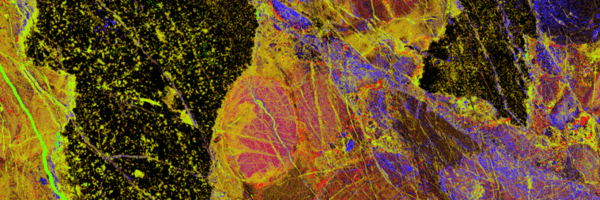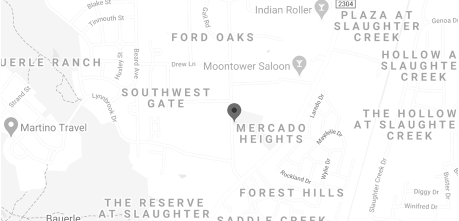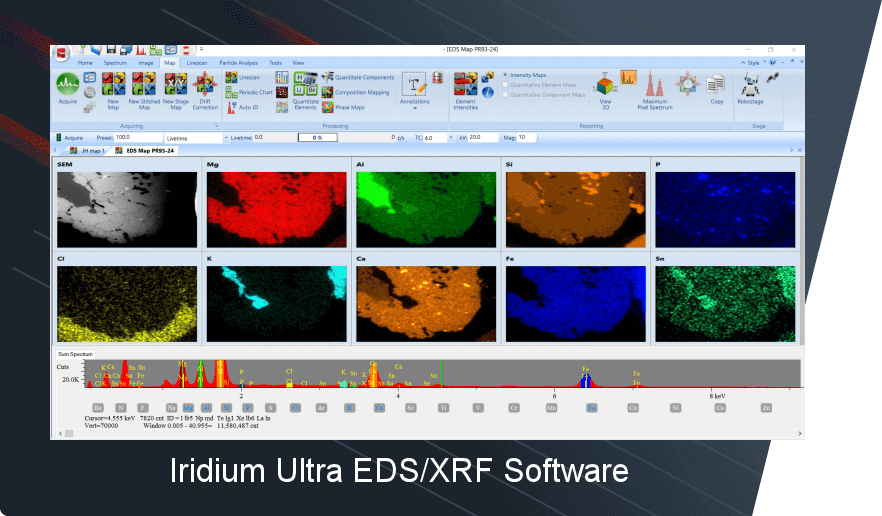The quest for synchrotron beamtime is notoriously competitive and expensive, yet it is crucial for detailed elemental analysis across diverse research fields, ranging from biology to geology. However, recent advancements in lab-based micro X-ray fluorescence (microXRF) instruments, particularly those with ultra-high spatial resolution such as the Atlas series from IXRF Systems, offer researchers a powerful alternative that saves significant time and resources while complementing synchrotron research.
Why High-Resolution Lab-Based MicroXRF?
Synchrotron X-ray fluorescence microscopy (XFM) provides incredibly detailed elemental maps, but it comes at a premium. Beamtime availability is limited, expensive, and requires a lengthy proposal process. Lab-based microXRF, exemplified by the Atlas systems, offers comparable elemental mapping capabilities with an impressive 5 µm resolution, enabling scientists to conduct preliminary analyses and effectively plan their synchrotron experiments.
Efficiency and Time-Saving Benefits
One of the most compelling advantages of lab-based microXRF is the drastic reduction in experimental timelines. For instance, mapping dog lung tissues to track the migration of metallic cofactors can take days at a synchrotron due to limited availability and preparation constraints. In contrast, the Atlas microXRF, equipped with its innovative multi-detector configuration, can produce similar high-quality maps in hours, drastically improving productivity and accelerating research.
The time savings are particularly evident in scenarios involving extensive preliminary screening. A lab-based instrument can rapidly process numerous samples, pinpointing the most scientifically promising ones for further analysis at a synchrotron. This streamlined approach significantly enhances the chances of securing beamtime by providing solid, data-backed evidence in proposals.
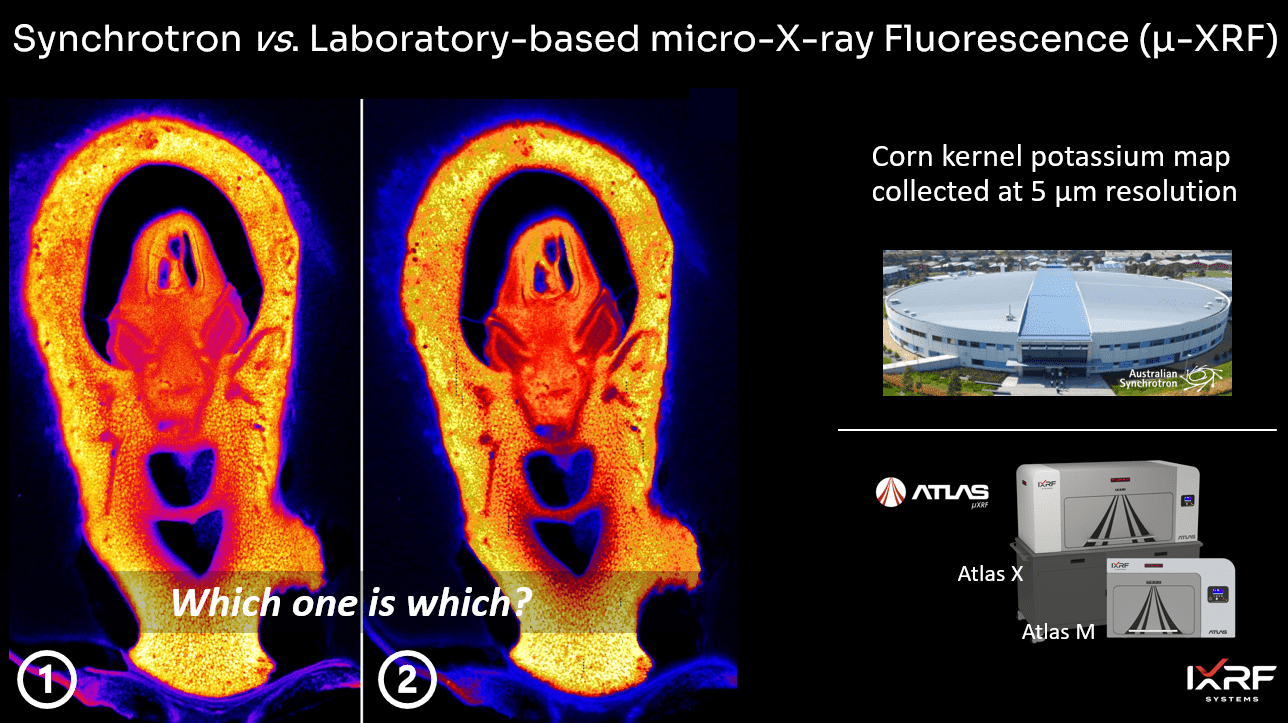
Figure 1: Synchrotron vs. Lab-Based MicroXRF Mapping – Can you tell the difference? This side-by-side comparison of a corn kernel potassium map—collected at 5 µm resolution—demonstrates how lab-based micro-XRF using the IXRF Atlas system can rival synchrotron-level detail. Which image was captured with a synchrotron, and which with a lab-based Atlas microXRF?
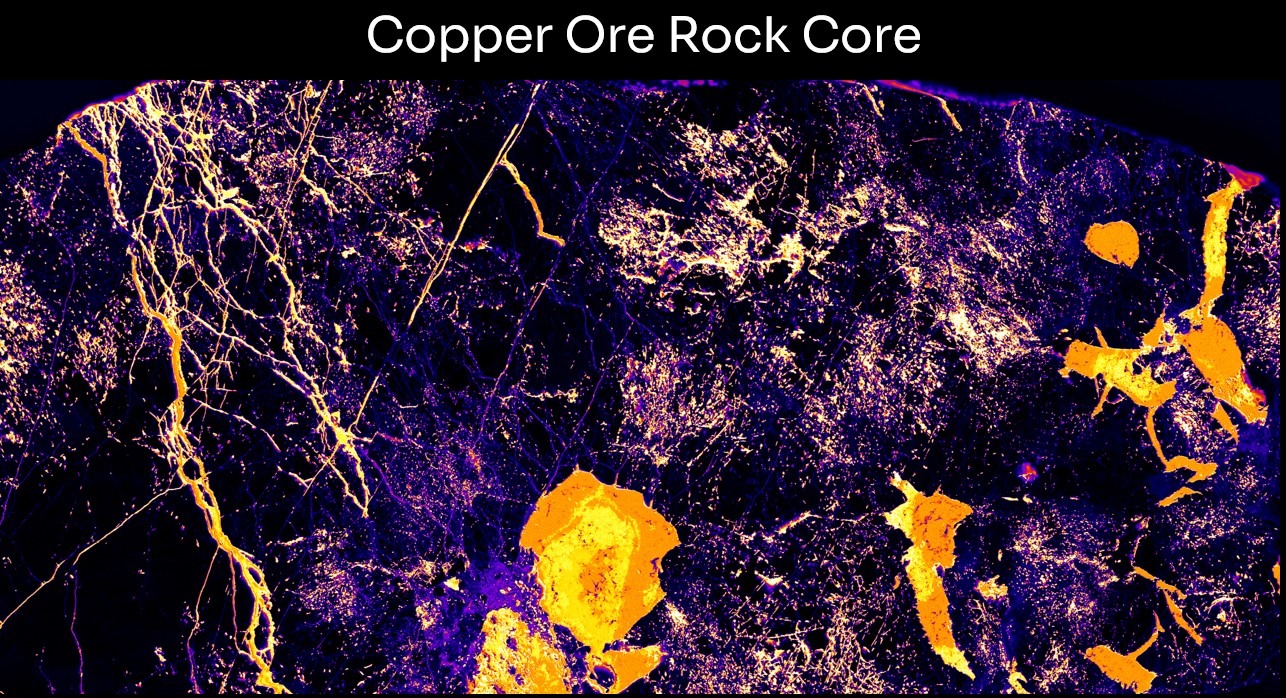
Figure 2: Copper Ore Rock Core Elemental Map – Collected with an Atlas microXRF configured with a 5 µm spot size X-ray source, this high-resolution elemental map reveals detailed copper distribution patterns within a rock core. The visualization highlights mineral veins and ore bodies critical for mining and geochemical modeling applications.
Robust Preliminary Data Strengthens Beamline Proposals
Applying for synchrotron beamtime is a highly competitive process requiring robust preliminary data. Using the Atlas microXRF to perform initial screenings and high-resolution mappings, researchers generate compelling evidence that strengthens beamline proposals, increasing the likelihood of securing valuable synchrotron resources.
In practical terms, preliminary lab-based data helps scientists:
- Clearly articulate scientific questions and goals
- Validate experimental setups and optimize conditions before beamline access
- Demonstrate the feasibility and potential impacts of the proposed synchrotron experiments
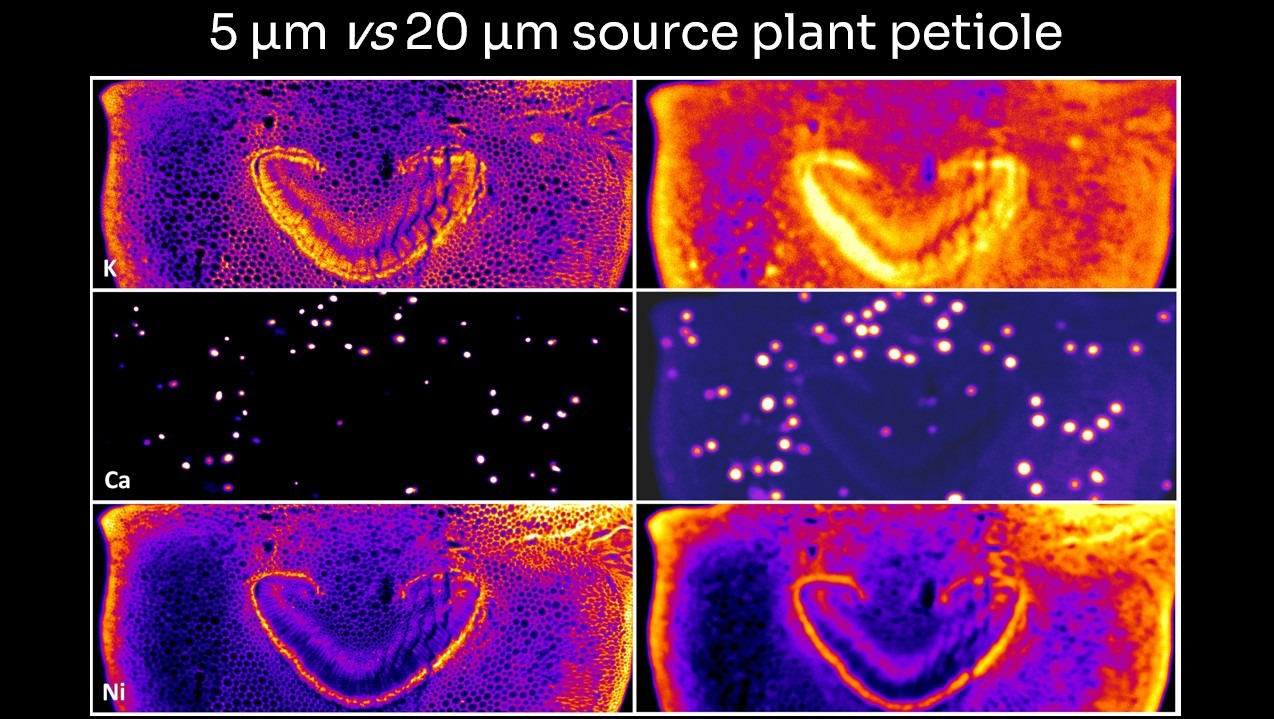
Figure 3: Impact of Beam Size on Plant Petiole Imaging – This side-by-side comparison of potassium (K), calcium (Ca), and nickel (Ni) elemental maps in a plant petiole demonstrates the resolution advantages of using a 5 µm versus a 20 µm spot size X-ray source. The finer 5 µm beam reveals greater structural detail and spatial clarity, underscoring the importance of high-resolution lab-based microXRF in botanical and biological investigations.
Real-world Applications Highlighting Atlas microXRF Benefits
- Biological Tissue Analysis: Researchers at Northwestern University utilized the Atlas microXRF to map the distribution of metallic cofactors and migration patterns in dog lung tissues following exposure to ionizing radiation. The ability to quickly and accurately generate these maps enabled researchers to identify critical biological patterns without relying on synchrotron facilities immediately.
- Plant Metal Homeostasis: Teams at the Sustainable Minerals Institute have utilized the Atlas microXRF to investigate elemental distributions within plants, including Neptunia and Noccaea species, which hyperaccumulate metals such as selenium and zinc. Lab-based mappings at high spatial resolution enabled rapid insights into metal uptake and transport, providing crucial data before committing to beamline analysis.
- Mineral Exploration: Geologists studying zinc- and copper-ore rock cores from mines, such as Mount Isa, have effectively used the Atlas microXRF to map elemental distributions. This detailed information has been invaluable in identifying promising exploration zones and refining geochemical models, greatly enhancing predictive accuracy.
Bridging Accessibility with Innovation
Lab-based microXRF instruments such as the Atlas series democratize access to high-resolution elemental analysis. By providing scientists with continuous, flexible, and cost-effective analytical capabilities, these instruments enhance the efficiency and responsiveness of scientific exploration, significantly reducing reliance on limited synchrotron resources.
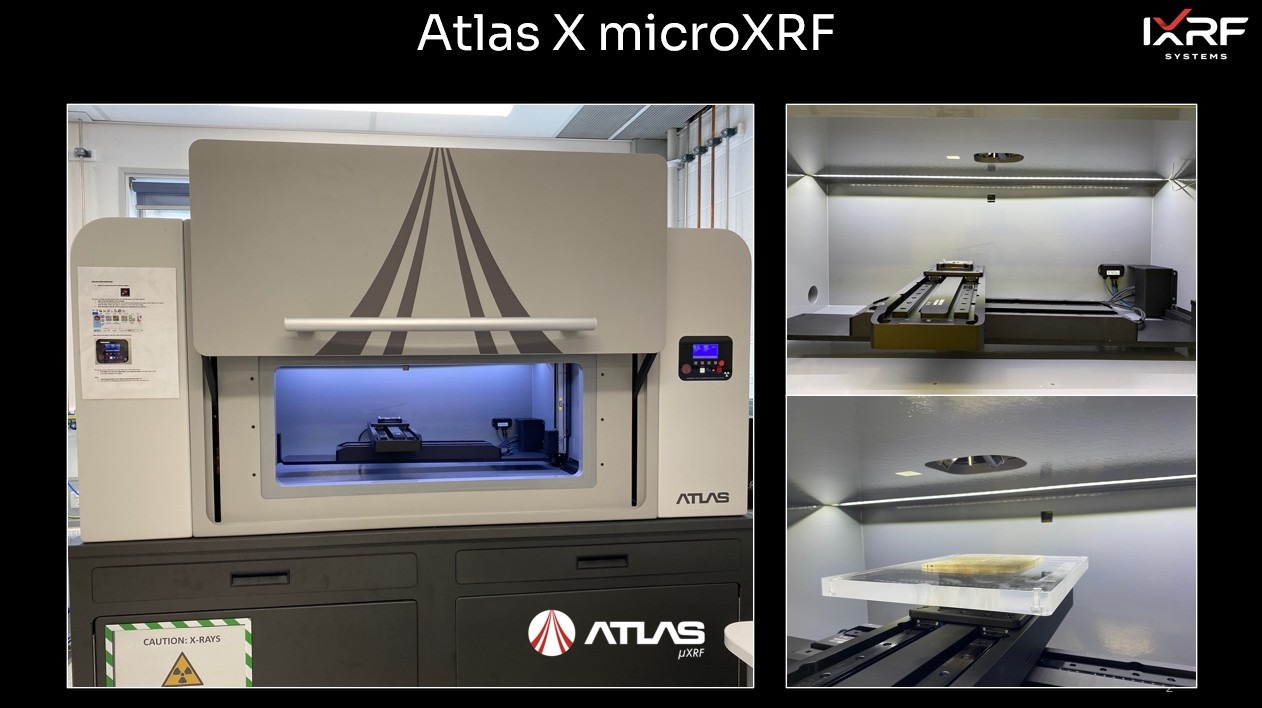
Figure 4: Atlas X microXRF Installed at the University of Queensland – Shown here is the Atlas X microXRF system installed at the University of Queensland, Australia. With its expansive chamber, precision sample stage, and 5 µm spot size X-ray source, this instrument supports high-resolution elemental analysis of large and complex samples, offering exceptional mapping capabilities for advanced geochemical and biological research.
Conclusion
The integration of lab-based microXRF into scientific workflows represents a transformative development for researchers who rely on synchrotron facilities. Instruments like IXRF’s Atlas series not only accelerate discovery by offering immediate, high-quality elemental maps but also improve beamline proposal success through comprehensive preliminary data. This synergy ultimately maximizes the impact of both laboratory and synchrotron-based research, driving innovation across multiple scientific domains.
Curious whether the Atlas microXRF can support your research goals? Reach out to explore how high-resolution lab-based elemental mapping can improve your analytical workflow and strengthen your synchrotron beamline proposals.
Acknowledgment
Special thanks to Dr. Antony van der Ent and the team at the University of Queensland for their continued research contributions and support of the Atlas microXRF. Their pioneering work in plant metal homeostasis and geochemical mapping has greatly advanced the application of high-resolution lab-based elemental analysis.
